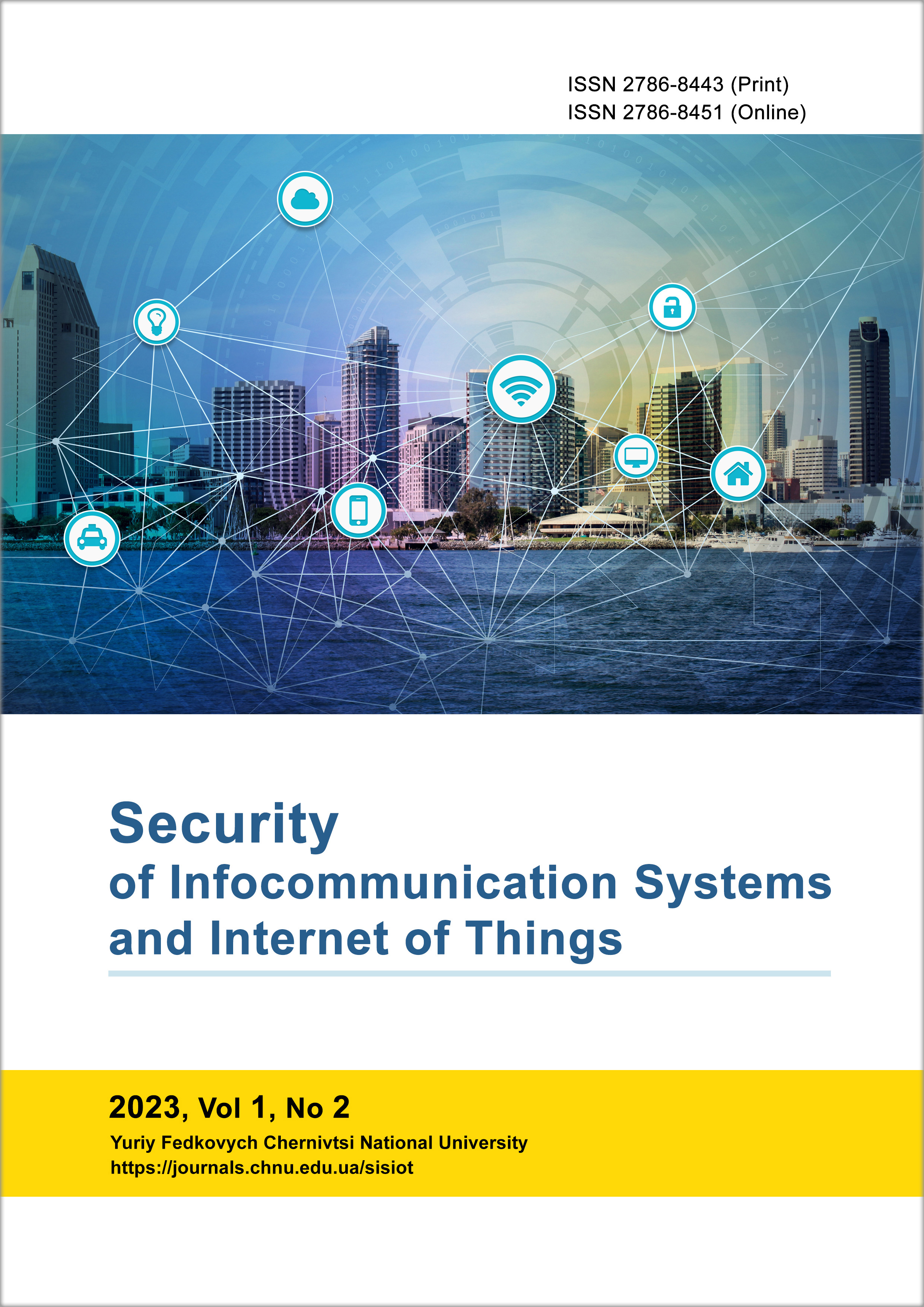UAV Integration with Neural Network in Landmine and Minefield Detection Tasks
DOI:
https://doi.org/10.31861/sisiot2023.2.02008Keywords:
unmanned aerial vehicles, artificial intelligence, drones, machine learning, recognition of objects of various types, neural networks, a humanitarian problem, landmines and minefields detectionAbstract
One of the newest stages in the improvement of unmanned aerial vehicles (UAVs) is the integration of such systems with the neural networks, which, in turn, is not a novelty, but provides such systems with a further level of practical application. Having conducted a meta-analysis of the results of previous studies and available information on this topic, it was found that in the modern period, in addition to successful practical implementations of the integration of artificial intelligence with UAVs, there is already a certain classification of such processes according to the principles of optimal improvement of UAV capabilities and by areas of society. In addition to the publicly available and well-known information about the successful use of drones in the military and logistics sectors of human activity, UAVs successfully perform tasks in such sectors as agriculture, engineering, search, etc. The main purpose of the article is to analyze, review, study and systematize existing information on the positive effectiveness and feasibility of using the principles, approaches and integration of unmanned aerial vehicles with machine learning technologies to improve the efficiency of solving the problems of locating and detecting landmines and minefields, which is a major humanitarian problem for civil society located in the territory where military conflicts are currently taking place or in the territories where military clashes or conflicts have occurred in the past. In this article, a small study was conducted to develop a prototype neural network that can be further integrated with UAVs for landmine and minefield detection tasks. The described neural network was trained on an open dataset, trained using the algorithms chosen in the study, and has a fairly good final result in terms of detection accuracy, which is 1.5% higher than the accuracy of publicly available neural networks in a review of similar developments or studies.
Downloads
References
J. D. Kelleher, et al., “Fundamentals of Machine Learning for Predictive Data Analytics, secondary edition”, The MIT Press, 153-156, (2020).
A. Islam Khan, Yaseen Al-Mulla, “Unmanned Aerial Vehicle in the Machine Learning Environment”, Procedia Computer Science 160, 46–53, (2019), http://creativecommons.org/licenses/by-nc-nd/4.0/.
I. Goodfellow, Y. Bengio, A. Courville, “Deep Learning (Adaptive Computation and Machine Learning series)”, The MIT Press, 88-91, (2016).
Y. Ez-Zazi, I. Guerrero-González, A. El Oualkadi, A. Arioua, “UAV-Enabled Mobile Edge-Computing for IoT Based on AI: A Comprehensive Review. Drones 2021”, 148. https://doi.org/ 10.3390/drones5040148.
Mike Croll, “The history of landmines”, Leo Cooper – University of Michigan, 4-5, (1998).
Jun Ishikawa, Katsuhisa Furuta, “Anti-personnel Landmine Detection for Humanitarian Demining”, Springer London, 43-45, 132-148, (2009).
Ahmed Ismail, “Landmines Detection by Using Mobile Robots”, Grin Verlag, 53-61, (2017).
C. Castiblanco, J. Rodriguez, I. Mondragon, C. Parra, and J. Colorado, «Air Drones for Explosive Landmines Detection», School of Engineering, Pontificia Universidad Javeriana Cr 7 No 40-62, Bogota, Colombia, (2014). https://www.researchgate.net/publication/261471990_Air_Drones_for_Explosive_Landmines_Detection.
M. S. Allahham, M. F. Al-Sa’d, A. Al-Ali, “DroneRF dataset: A dataset of drones for RF-based detection, classification and identification”, Data Br., vol. 26, October 2019. https://www.sciencedirect.com/science/article/pii/ S2352340919306675.
Guang Zhan, Xinmiao Zhang, Zhongchao Li, Lin Xu, “Multiple-UAV Reinforcement Learning Algorithm Based on Improved PPO in Ray Framework”, (2022). https://www.mdpi.com/2504-446X/6/7/166.
Syed-Ali Hassan, Tariq Rahim and Soo-Young Shin, “An Improved Deep Convolutional Neural Network-Based Autonomous Road Inspection Scheme Using Unmanned Aerial Vehicles”, (2021). https://www.mdpi.com/2079-9292/10/22/2764.
Team K., “Keras.” Keras.io, https://keras.io/.
TensorFlow, “TensorFlow”, Tensorflow.org. https://www.tensorflow.org/.
Karunanayake A.I, Rupasinghe T.Y., Manohara H.T., “e17-3yp-Landmine-Detector” https://github.com/cepdnaclk/e17-3yp-Landmine-Detector.
Published
Issue
Section
License
Copyright (c) 2023 Security of Infocommunication Systems and Internet of Things

This work is licensed under a Creative Commons Attribution 4.0 International License.









